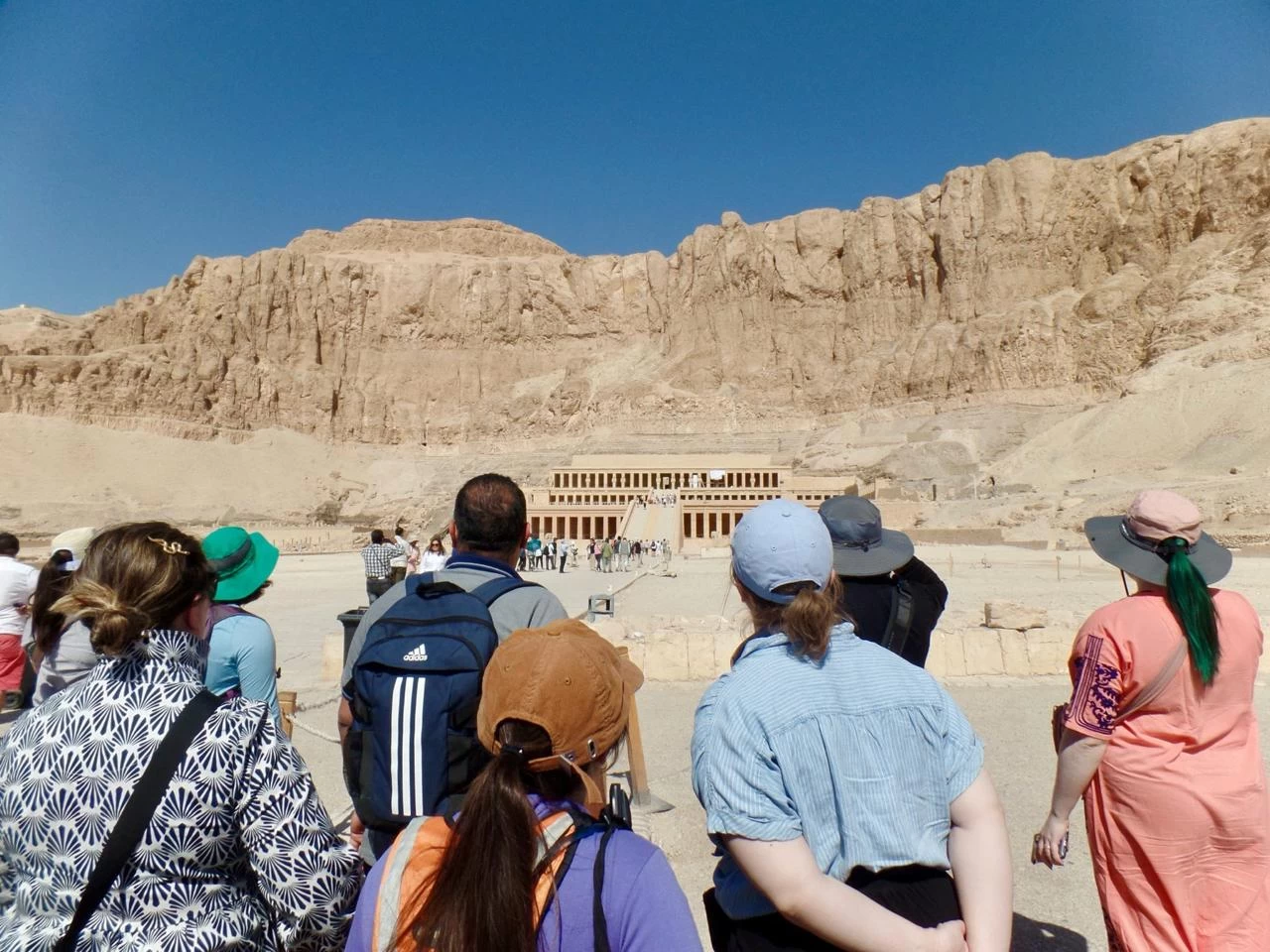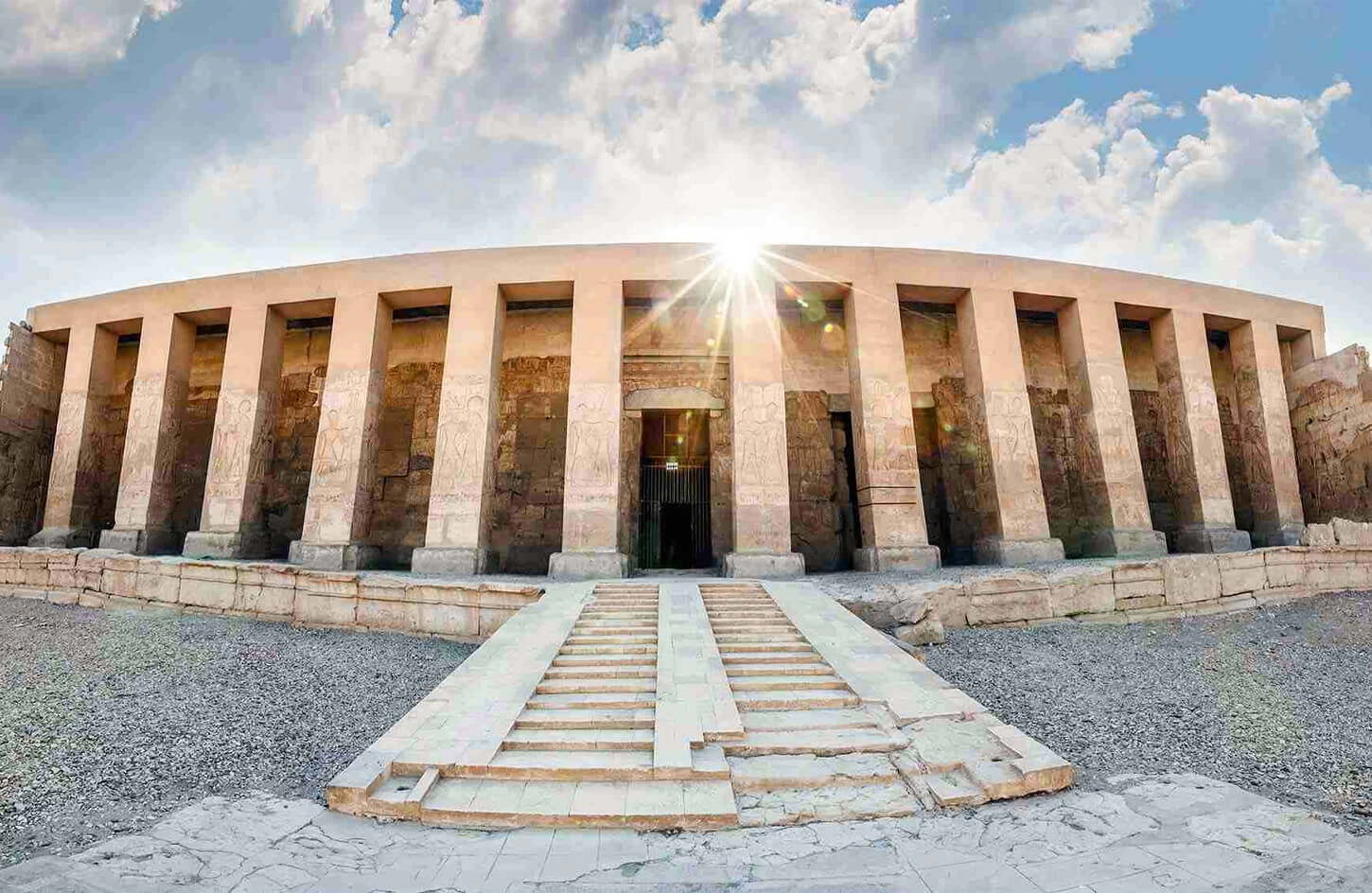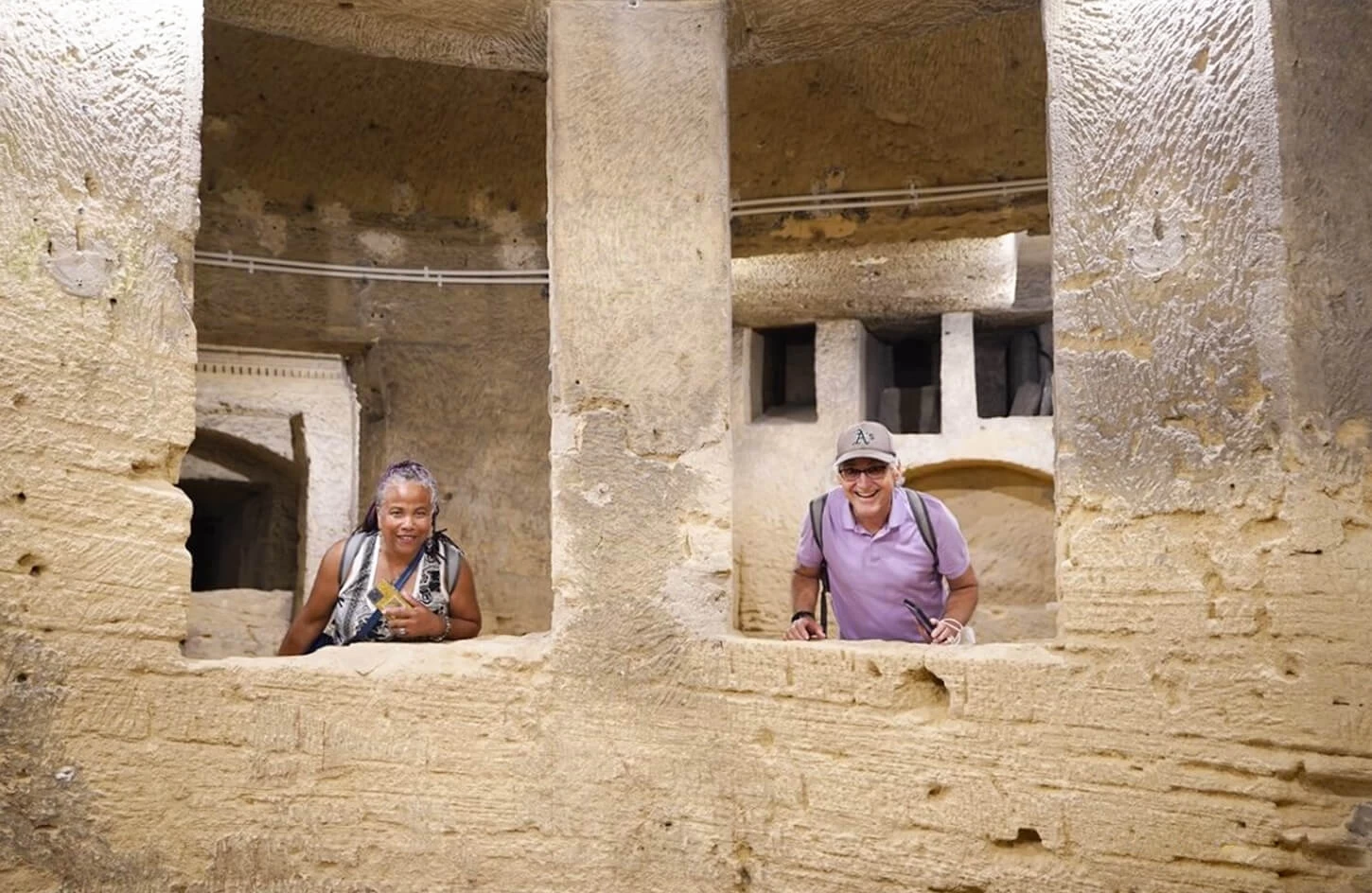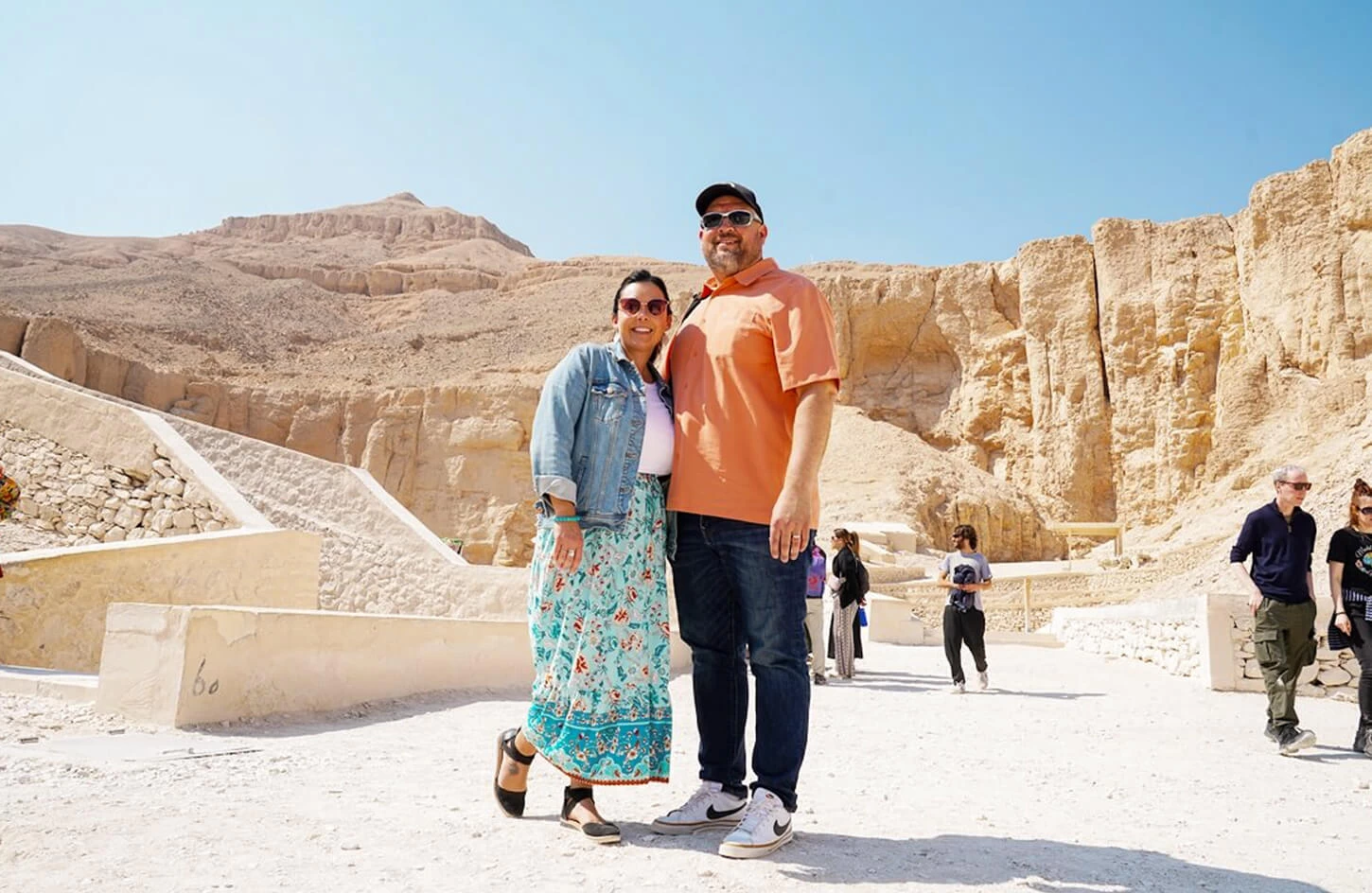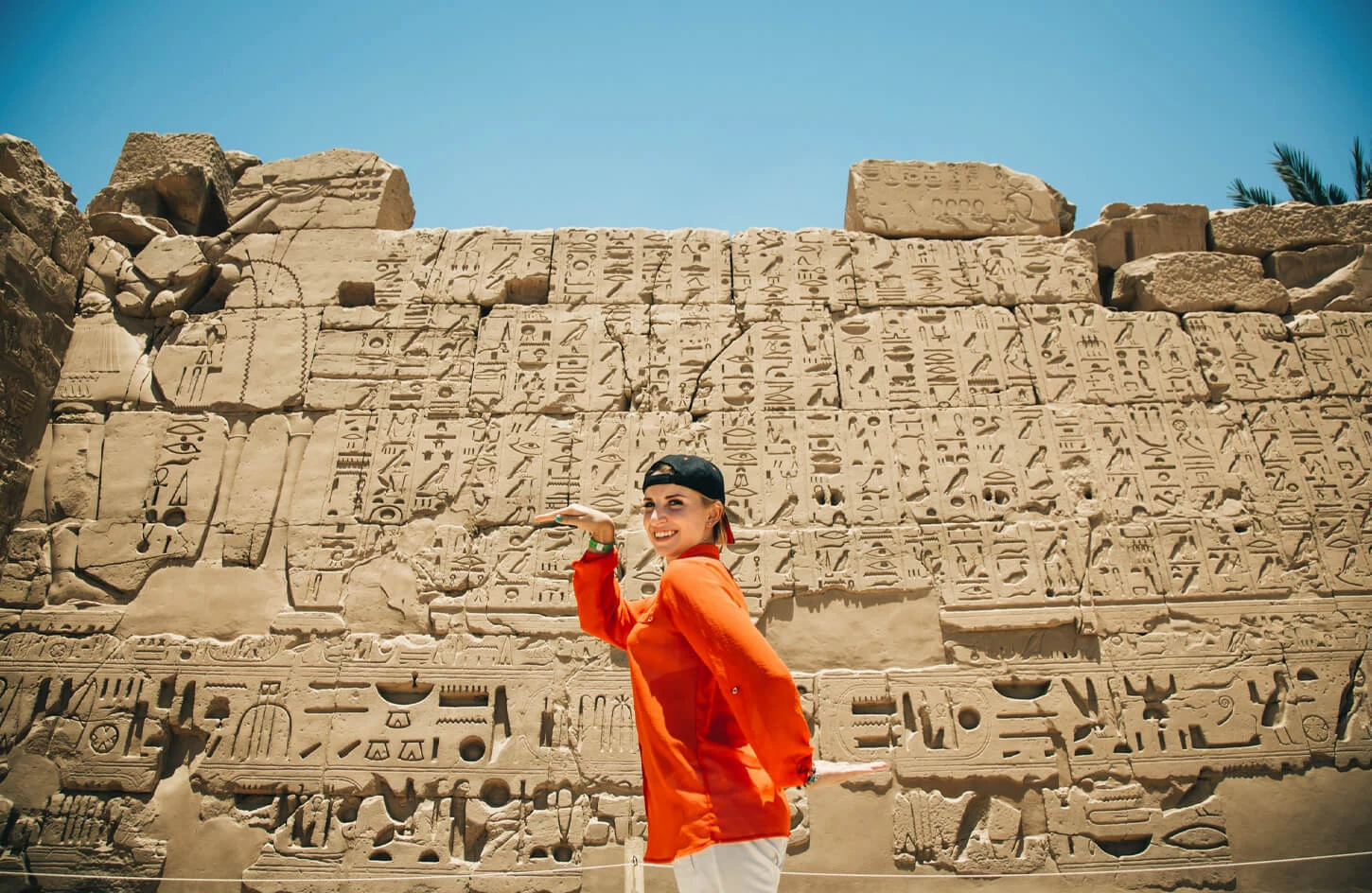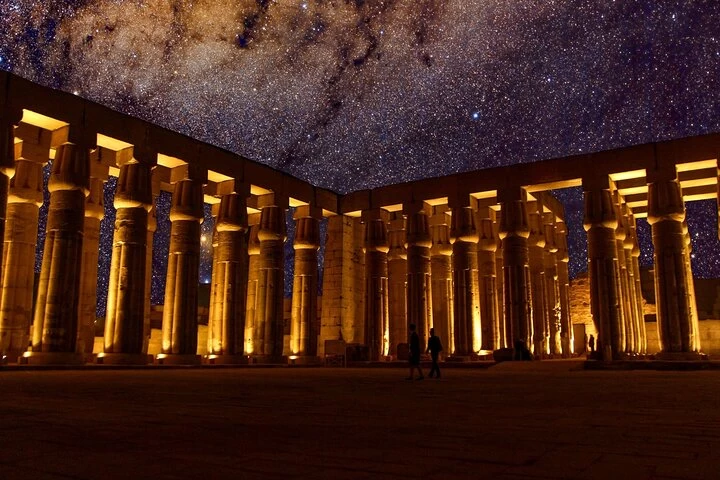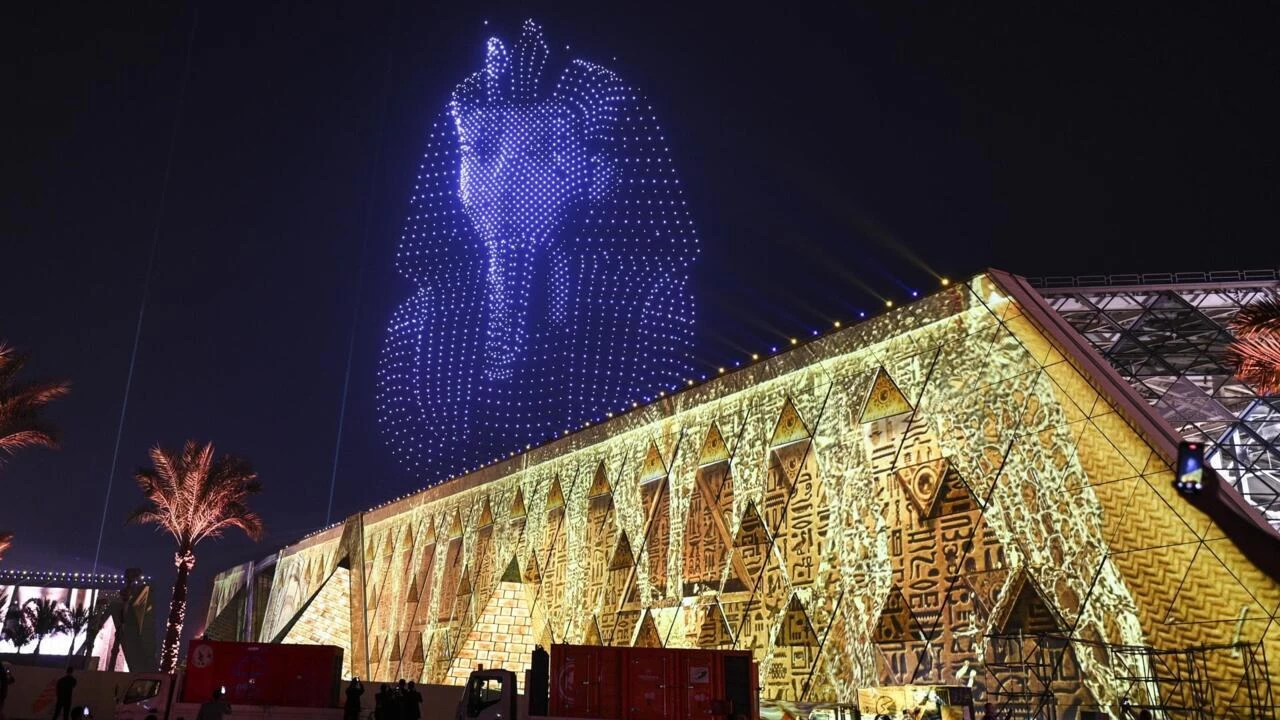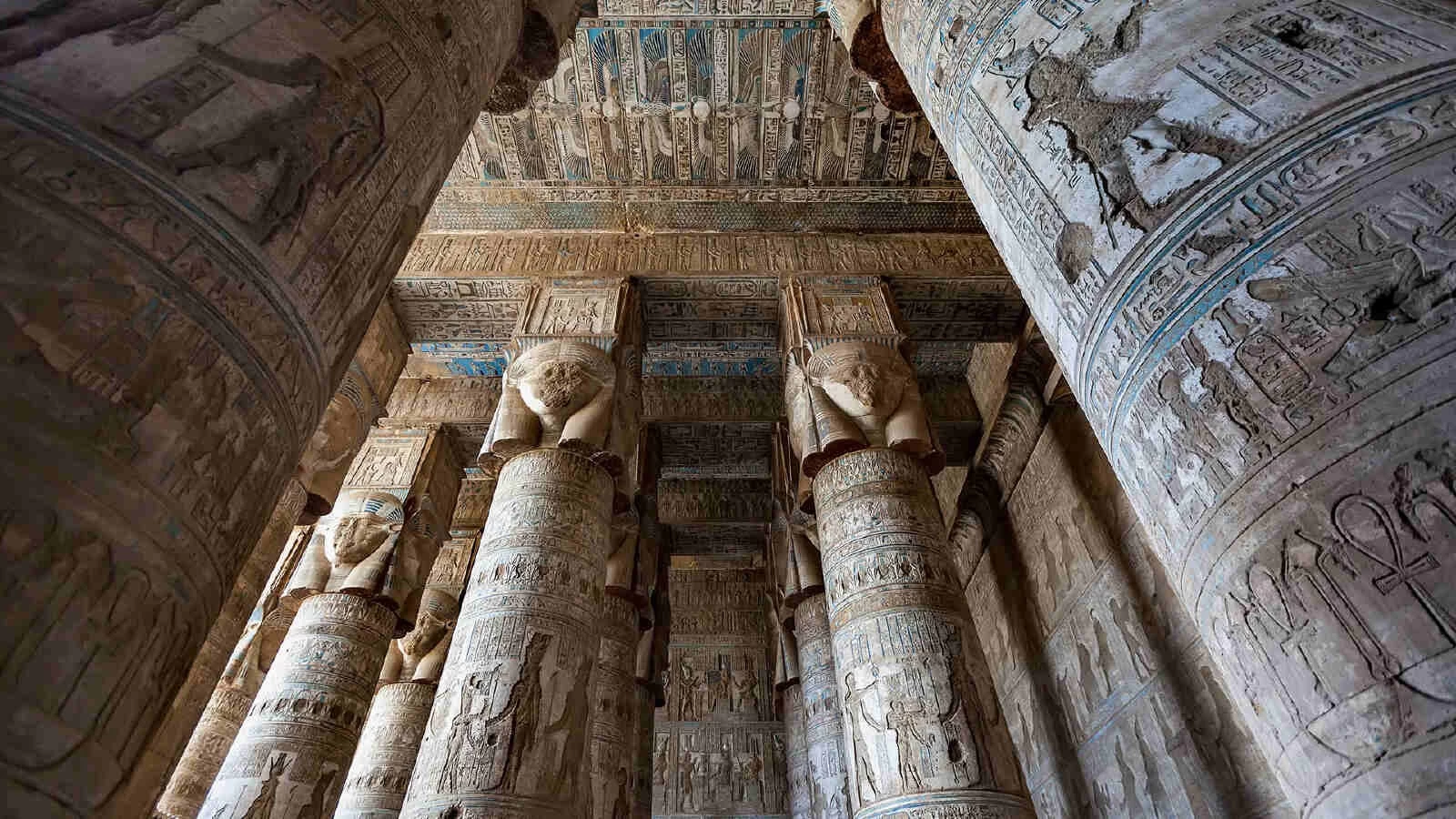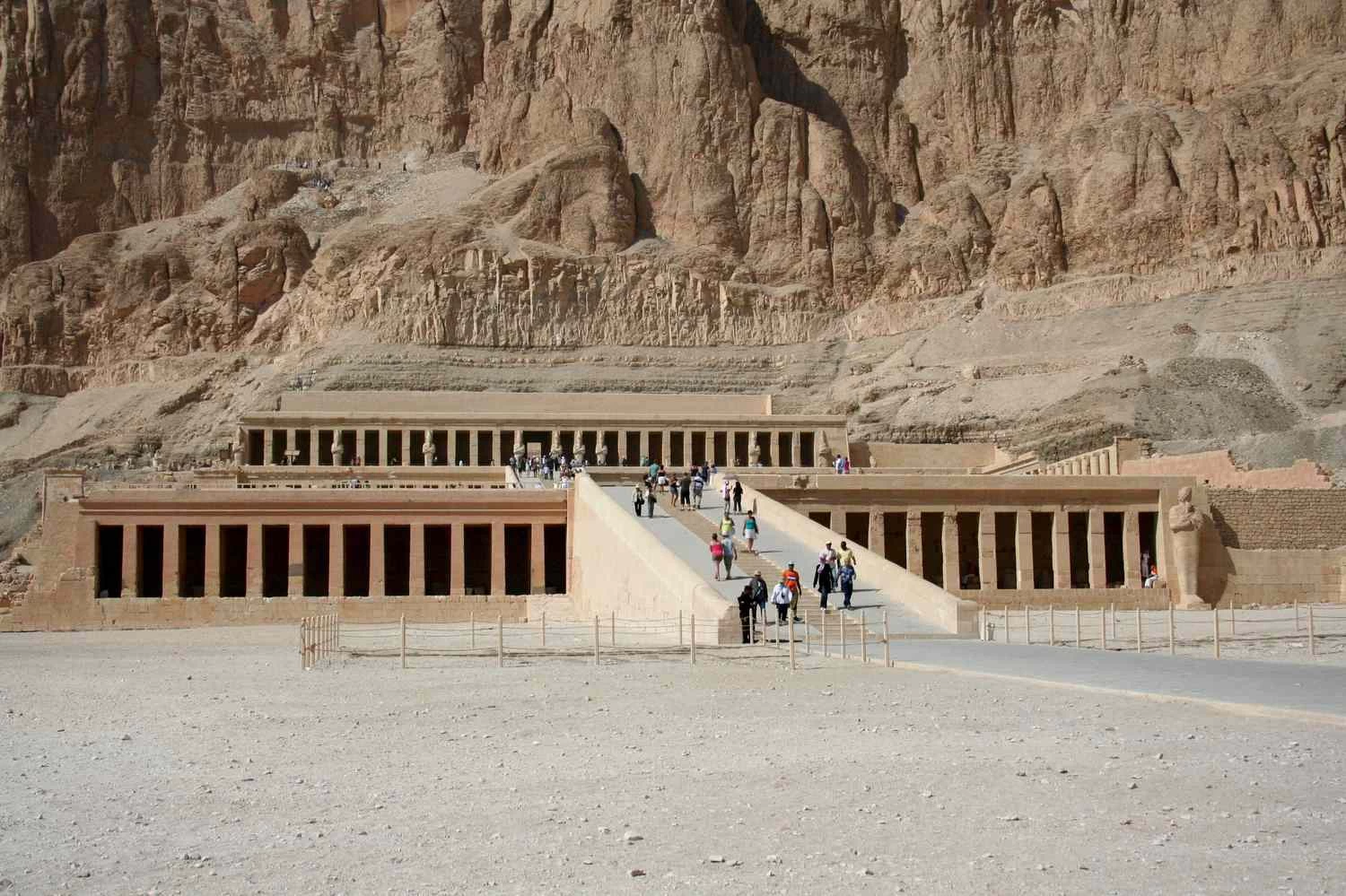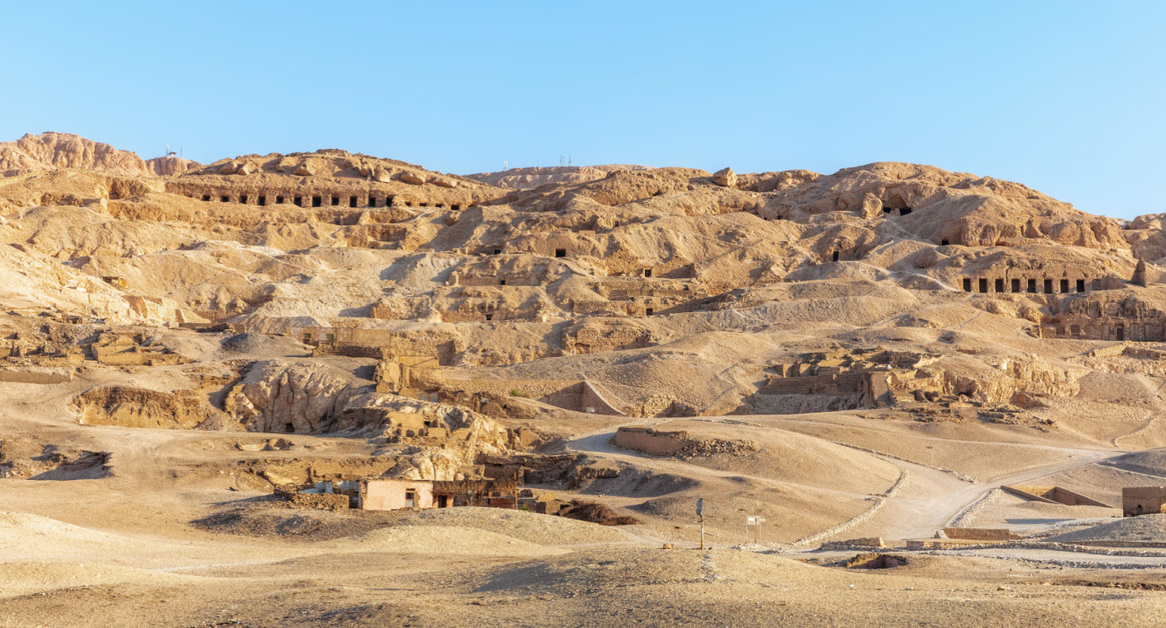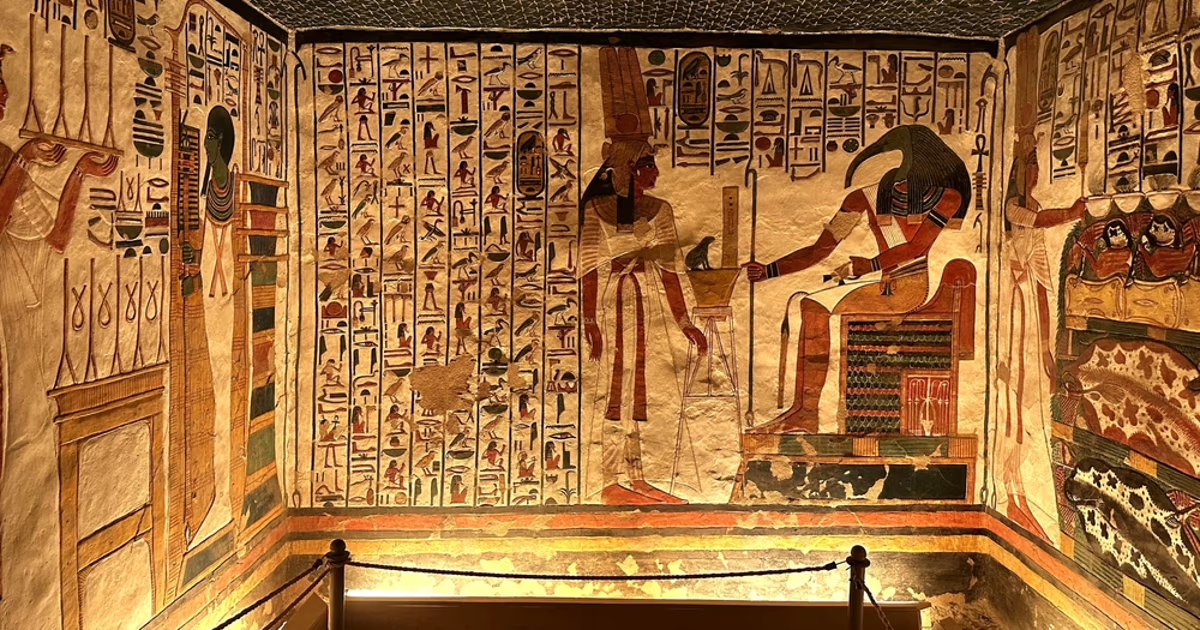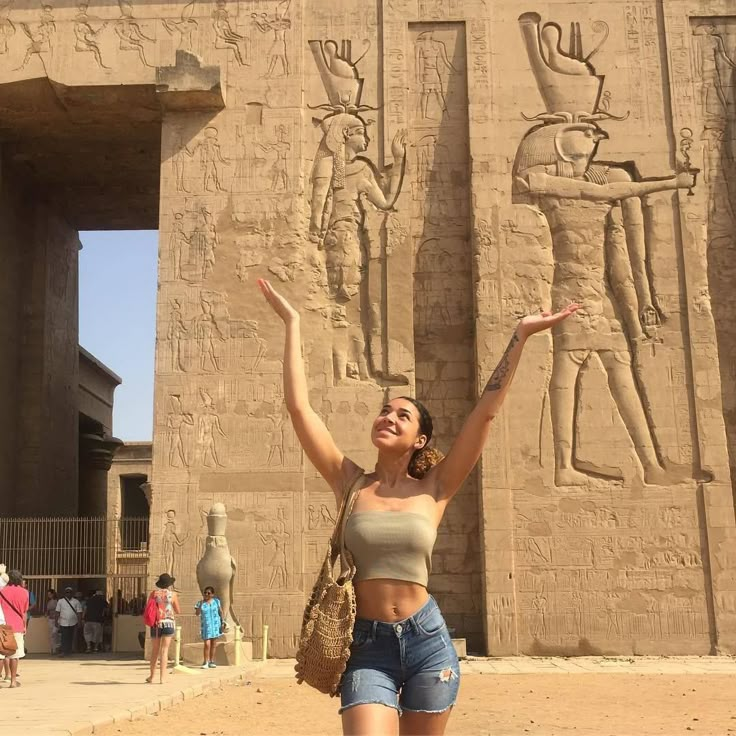Dendera Temple
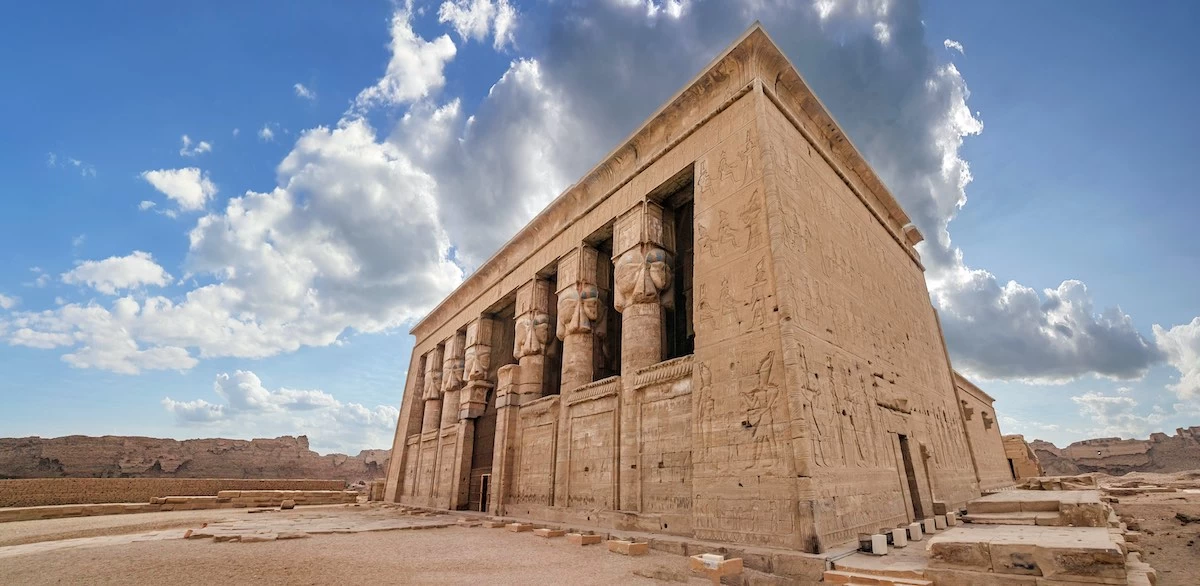
Dendera Temple Location
Dendera Temple, also known as the Temple of Hathor, is located at Dendera, about 60 kilometers or 37 miles north of Luxor in Upper Egypt. On the west bank of the Nile and near the village of Qena, it is one of the best-preserved temple complexes in the country. This large complex is dedicated to Hathor, the ancient Egyptian goddess of love, music, beauty, and fertility.
For anyone wanting to enrich their day tour of Luxor or have a longer historical experience, Dendera is a spectacular option. The temple is easily accessible by car or through guided tours of Luxor, and it has become a popular choice for anyone planning to take a day trip out of Luxor and the enclosed areas.
Dendera Temple-Goddess of Hathor
The Temple Complex at Dendera is a magnificent place built for the worship of Hathor. Perched in the heartland of Upper Egypt, this temple reveals much about the cultural-religious life of the ancient Egyptians. Being only a little far from Luxor, Dendera has established itself as an important stop for all those on a Luxor Adventure Tour who want to include a bit of off-the-beaten-track sightseeing to their agenda.
Constructed with exquisite attention to detail and artistry, the Temple of Hathor opens its doors to grand halls with astronomical ceilings, colorful reliefs, and inscriptions very well preserved. It stands proudly as an enduring testimony to the ancient celebration of music, femininity, and divine joy through architecture and symbolism. For all those who love mythology and history, touring Dendera is often considered one of the must-dos while in Luxor.
History of the Dendera Temple Complex
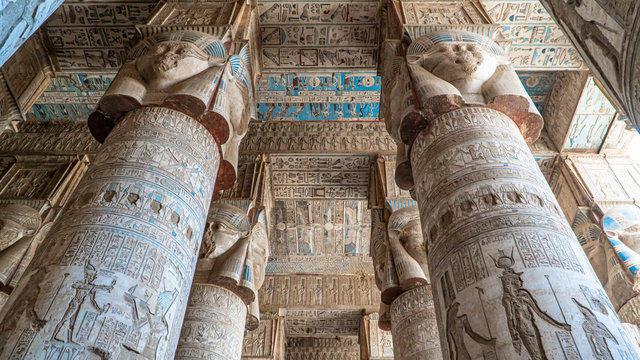
The history of Dendera Temple Complex claims thousands of years as it traces the spiritual importance and architectural changes in ancient Egyptian civilization. Although the current building dates chiefly to the Greco-Roman period, its very existence, dating to much earlier dynasties, stands as a testament to its importance. The complex is one of the most elaborate and best-preserved ones in all of Egypt.
1. Origins and Early History
The Dendera Temple Complex is traced back to antiquity, with cult activity going as far as the Old Kingdom (c. 2686–2181 BCE). Originally, the site was active, but the current temple buildings were mainly built in the time of the Ptolemies and Romans, thus creating a breathtaking monument that still attracts visitors on trips to Luxor or a day trip to Luxor.
2. Ptolemaic and Roman Construction
The Ptolemaic Period (c. 305–30 BCE)
Mostly under Ptolemy VI (c. 180–145 BCE) was the construction of the great Temple of Hathor at Dendera. While the Ptolemies were of Greek-Macedonian origin, they embraced Egyptian traditions as well and patronized those huge temple-building projects like this.
The Roman Period (c. 30 BCE – 395 CE)
The temple received additional adornments after the Romans took Egypt into the Empire: Roman-style reliefs on the walls and a finish to the temple's roof, merging the artistic influences of two cultures.
3. Temple Layout and Signification
The Temple of Hathor is a monumental religious complex dedicated to the goddess of love, music, and fertility. It stands as a statement of cosmic order, itself the setting for sacred rituals, festivals, and ceremonies. Some of its architectural highlights are:
A great hypostyle hall, with columns painted with the faces of Hathor and other deities.
Inner sanctuaries and crypts with ritual spaces and a central statue of Hathor.
A lake for holy purification is used in ceremonies.
Besides, it is one of the unforgettable things to engage in while in Luxor, combined with a Luxor adventure tour venturing beyond the main temples of Luxor.
4. The Famous Dendera Zodiac
Among the temple's most extraordinary features is the Zodiac relief on the ceiling: an elaborate astronomical chart from the first century BCE recording stars, planets, and constellations. It is one of the greatest monuments in the complex and provides a fascinating window on ancient Egyptian astronomy.
5. Decline and Rediscovery
With the spread of Christianity and a gradual abandonment of the Dendera Temple, its location in the remotest part helped in preserving it remarkably intact. Unlike many other ancient sites, this sanctuary along the Nile had remained largely undisturbed through the ages, offering a layered glimpse into Egypt's past when rediscovered by modern explorers.
6. The Temple Today
Now considered one of the most well-preserved ancient sites in Egypt, the Temple at Dendera draws travelers and scholars. Its immaculate reliefs, temple buildings, and sacred lake provide insights into the religious, cultural, and scientific progress achieved by the country through the Ptolemaic and Roman periods.
A Traveler's Guide to Visiting Dendera Temple
Only 60 km north of Luxor on the west bank of the Nile near Qena, Dendera is an excellent stop on any day tour from Luxor or Luxor excursions for those willing to explore other mold spots.
1. Finding Your Way to the Temple of Dendera
A Taxi or Private Car: A 1–1.5-hour straightforward drive out of Luxor.
Guided Tours: Many packages of day tours from Luxor combine a visit to Dendera with Abydos or Karnak Temple.
By Boat: Enjoy a Nile cruise for a more scenic arrival.
2. Best Time to Visit
For the best chances of cooler weather and fewer people, early mornings or late afternoons. The best season for Luxor adventure tour itineraries occurs between October and April.
3. Most Popular Attractions
Hathor Temple: Admire marvelous reliefs and colored hieroglyphs.
Elegant Reliefs: Scenes depicting Hathor, Ramses II, Cleopatra VII, and other divine figures.
Dendera Zodiac: Heaven for astronomy fans.
Hypostyle Hall: Massive pillars decorated with celestial carvings.
Sacred Lake: A Peaceful area once used for ritual.
Temple Roof: Panoramic view of the whole complex and surrounding farmland.
4. What to Bring
Water, sunscreen, and a hat to protect yourself from the sun.
Comfortable shoes to negotiate uneven surfaces and stairs.
Definitely your cameras to capture some stunning ceiling and stelae shots.
5. Entrance Fees & Opening Hours
Check with local officials or your guide for fees that may vary (individual or group tours).
General timings are something around 8 a.m. to 5 p.m.; these vary with the seasons and holidays.
6. Nearby Attractions
Abydos Temple: Half an hour away-The Temple of Osiris and the Abydos King List.
Luxor: Just over an hour's drive, and Dendera fits into Luxor day tours that include Karnak, Valley of the Kings, and Hatshepsut Temple.
7. Tips for Visiting
Hire a good guide who can explain to you how the reliefs and signs come to life.
Aim to get here early.
Be respectful, which means dressing modestly and maintaining a slight demeanor of quiet reverence.
Photography is permitted; just remember to ask when there are no-go areas.
8. Travel Tips
Dendera and its surroundings are considered safe places for tourists-stay aware but feel free to relax.
Carry some Egyptian Pounds (EGP); even though cards are accepted at most tourist spots, cash always comes in handy for small purchases.
The Connection Between Cleopatra and Dendera Temple

The connection between Cleopatra VII and the Temple of Dendera comes primarily in the context of the Ptolemaic Dynasty. Cleopatra, the very last active ruler under this dynasty, had some say in the heyday of Egyptian culture and religious tradition and made an impression on many sacred sites in Egypt. Among them stood the Temple of Hathor at Dendera, not just due to its wonderful state of preservation but because it gave prominence to some real heavyweights of the period-the likes of Cleopatra herself.
How is Cleopatra connected to Dendera Temple?
1. Cleopatra's Royal Bloodline and Ptolemaic Dynasty
Cleopatra VII ruled Egypt from 51 B.C.E. to 30 B.C.E., being of the Greek-Macedonian Ptolemaic dynasty that came to power after Alexander's death. The Ptolemies, while adopting Egyptian religious beliefs and traditions, also laid temples and monuments for the local gods as a way to assert dominion. Among the finest creations of this epoch in architecture is the Dendera Temple, involving the design and expansion of more than one ruler. Many tourists, when on a Luxor day tour, often put visiting Dendera on their list to soak in some of that powerful history.
2. Cleopatra as a Contributor to the Construction of the Temple
While major works at the temple had been completed during an earlier phase—mostly under Ptolemy VI—the repairs and decorative works of the latter part of the great temple complex are considered to have been provided by Cleopatra VII and Ptolemy XII. Cleopatra realized the importance of such temples both culturally and religiously and exploited the temples to shore up her legitimacy as queen of Egypt. Through restoration and religious patronage, she tied her name and image eternally with the sacred spaces of the temple. No wonder numerous travelers today choose Dendera as part of their Luxor tours to witness these legacies firsthand!
3. Cleopatra's Role in Egyptian Culture and Religion
Cleopatra endeavored to maintain her power by forging close links with Egyptian religious traditions. She undertook the pharaonic titles and took part in cult practices, going as far as being represented in sculpture as a living goddess. An embodiment of Hathor, the goddess of love, joy, music, and fertility, makes Dendera Temple quite symbolic. A stop at Dendera now on a Luxor adventure tour offers insight into Cleopatra's strategic employment of spiritual identity for political ends.
4. Cleopatra's Reliefs in the Temple
Within the Temple of Hathor, detailed reliefs depicting Cleopatra VII and her son Caesarion, her child by Julius Caesar, can be found. These Ptolemaic-style reliefs show Cleopatra as a pious and legitimate Pharaoh performing rituals and honoring deities. By pictorially representing her in temple inscriptions, she was not only heralding Egypt's divine tradition but also attempting to establish her royal bearing among ancient worshippers, as well as many tourists seeking things to do in Luxor beyond the usual sites today.
5. The Dendera Zodiac
This temple has one of its most renowned monuments Dendera Zodiac, which is a huge ceiling relief showing celestial bodies and constellations. It possibly dates from the Late Ptolemaic period, maybe even during the lifetime of Cleopatra, showing Egypt's highly developed level of astronomy and astrology. While it is uncertain whether she was directly involved in its making, the political and artistic advocacy she held leaves it very improbable that she would have opposed such an important project. This is certainly one of the exciting sights that must be seen on any day trip to Luxor, including Dendera.
6. Cleopatra's Cultural and Political Strategy
Cleopatra skilfully exploited the religious institutions of Egypt to underpin her power, which was under strain from Rome. Her involvement with such temples as Dendera Temple cast her with an enhanced image of a divine and national ruler. The fact that the temple architecture is in alignment with her royal iconography shows the relation between spiritual legitimacy and political ambition. Today, this motif shows through the very reliefs, inscriptions, and structures she influenced, meaning that Dendera is an absolute must for any discerning visitor who seeks a little more from their Luxor day tours than just a commonplace temple visit.
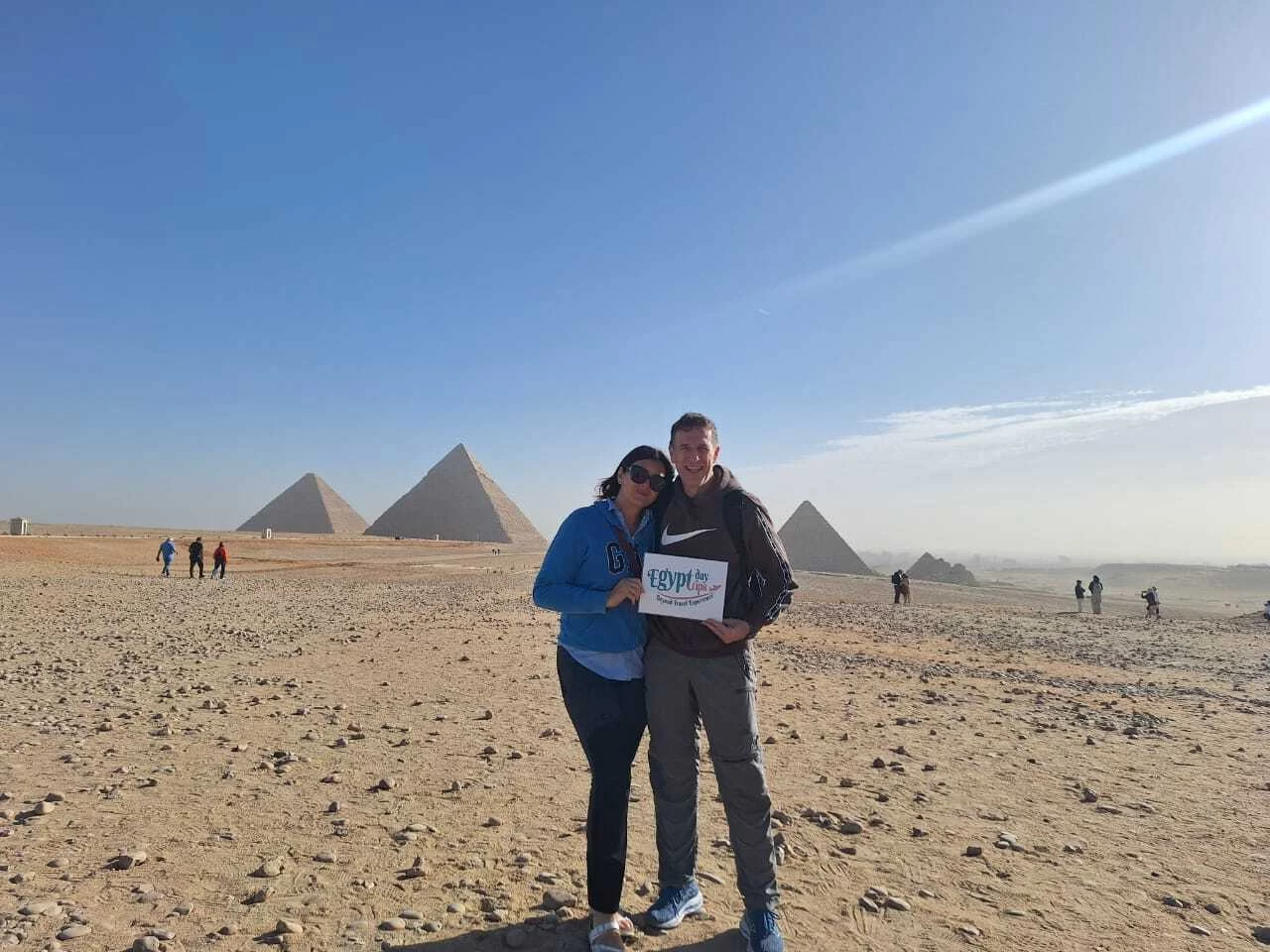
-webp.webp)
